Crew 186 Sol 8 Summary Report 08JAN2018
Sol 8
Summary Title: Back to the moon(s of mars)
Author’s name: Max Fagin
Mission Status: All but one of our target EVA sites have been reached, and we are now revisiting sample sites we weren’t able to hit on the first visit. We are also making sure our individual projects will be finished by the end of the mission (just 5 sols from now!).
Sol Activity Summary: Our last EVA to the Moons region was cut short, so we revisited each of the Moons regions and collected a sample of the clay and salt at each site that we had not been able to get the first time. The color contrast from region to region was remarkable to behold; blues, reds, yellows, greys, all due to just small changes in soil chemistry. After we got within 2km of the hab on the way back, we dismounted and tested the radio beacon system to navigate the rest of the way home. Justin and Kshitij then ran a quick three sorties back on the rover to recover the ATVs. Once we were all back at the hab and warmed up, we did some planning for a media event the entire crew will be participating in 2 days from now for students and faculty back at Purdue. Mark spent the day in GreenHab composing some documents to aid future GreenHab officers, Melanie continued the programming of her VR training module, while Sam and Cesare caught up on their own experiments in the science dome.
When we all were back at the hab, Sam filmed a tour of the entire MDRS facility with each of us explaining our roles as part of the crew, then we settled in for an evening episode of ‘Black Mirror’, which has become our crew’s go-to mode for relaxation (And if you’ve ever seen ‘Black Mirror’ you’ll understand why its success at relaxing us is… mixed.)
Look Ahead Plan: Today was the first completely successful test of the navigation system on EVA, we will attempt to replicate the results tomorrow under more challenging conditions on a shorter EVA. The weather forecast is looking less favorable for the next 48 hours, so all EVA plans will be weather contingent.
Anomalies in work: None.
Weather: 1C, winds calm, humidity 80%, Pressure 30.20 inHg
Crew Physical Status: Healthy
EVA: Yellow moon, white moon, beige moon, walk back
Reports to be filed: Sol Summary, Operations Report, Journalist Report, Science Report, Greenhab Report, EVA Report, EVA Request
Support Requested: None


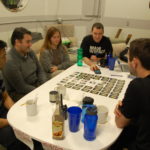

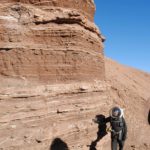
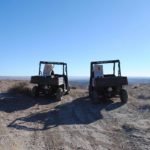
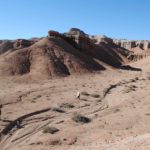

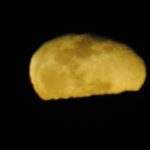
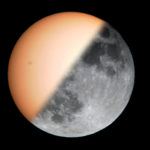
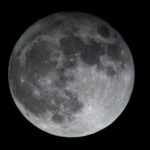
You must be logged in to post a comment.